What the pandemic is teaching us about our supply chain
Somewhere in between the initial blast of the pandemic and everything else since, industries everywhere have had to learn how to adapt, pivot and repeat. At the height of the pandemic, the economic landscape was strewn with worldwide shortages of everything from groceries to critical personal protective equipment (PPE).
Headlines around the world blared with stories about logistical disruptions, product shortages and abrupt shifts in demand on any given product. Perhaps more than anything else, it required business leaders to take a good hard look at the proverbial elephant(s) in the room—supply chain and supply chain management. According to a McKinsey survey of global supply chain leaders, 73% said they encountered problems in the supplier footprint—issues that would require substantial changes in the future. The survey also showed, as expected, that 75% faced production and distribution issues.
One of the survey’s more interesting nuggets was that 93% said they planned to increase the level of resilience across their supply chain. This would mean using a variety of mechanisms, including dual sourcing of raw materials, increasing inventories of critical products and, to a lesser extent, near-shoring, dual-sourcing or regionalizing their supply chains.
To what extent the future of supply chains and supply chain management impact the process overall really depends on what industry you play in. For the paper products market, industry thought leaders like Greg Lovensheimer say that if you were (operating an unhealthy supply chain)pre-pandemic, the odds of coming out on the other side unscathed are pretty low. The COO of paper and packaging solutions provider Millcraft believes that too many companies were (reliant on piles of inventory). When a customer needed product, suppliers and paper mills had built up inventory to handle the demands.
What too many missed, and the pandemic and its dearth of shutdowns and delays exposed, was the true cost it takes to create and maintain the investment in those types of inventories. There are lots of iron and gears and upgrades needed to continually and effectively operate the kind of operation a healthy supply chain needs, not to mention the investment it takes to adhere to the scores of environmental regulations needed to stay compliant. Adding unscheduled—and historically unprecedented—blips into the chain was—and still is—devastating.
From the ashes, so to speak, comes the resurrection of new and better ideas, stronger and more effective processes. Lovensheimer says that the pandemic has resulted in a decades’ worth of changes inside of 10 months. The paper products industry reveled in a time when a printer could call a supplier and get an order the next day. Everyone jumped through hoops to make that reality happen.
But these are new days. Today, the companies that didn’t have a grasp on the true essence of the supply chain processes have had to learn—and learn quickly. To survive moving forward, companies like Millcraft are reevaluating their processes to play in the fog of the current landscape. Lovensheimer says the five-part supply chain strategy includes knowing how to:
- Pick the right sustainable partners
- Be transparent
- Learn to forecast for the road ahead
- Be flexible (brands, basis weights, sizes)
- Be able and willing to sell through the cost increases
The key, more than anything else, is to learn how to decomplexify the industry. To survive and thrive, Lovensheimer believes industry players must be able to learn from the challenge brought before them. The pandemic has shown everyone where the vulnerabilities are—it’s now time to fix them.
In the end, it is a math problem. There is not—and never really was—enough to go around. Learning how to decipher that riddle is key. The future belongs to those companies that have the best supply chains.
The future belongs to you.
Mark Potter – CEO of Conduit Inc.
Speaker at Americas Print Show
REGISTER TODAY
Americas Print Show is thrilled to be hosted at the award-winning Greater Columbus Convention Center. Browse available booths, check out the exhibitor list and commit to being a vendor at Americas Print Show. Once you have chosen your space and are ready to reserve your location, click on the floor plan and use the registration link to complete your request.




